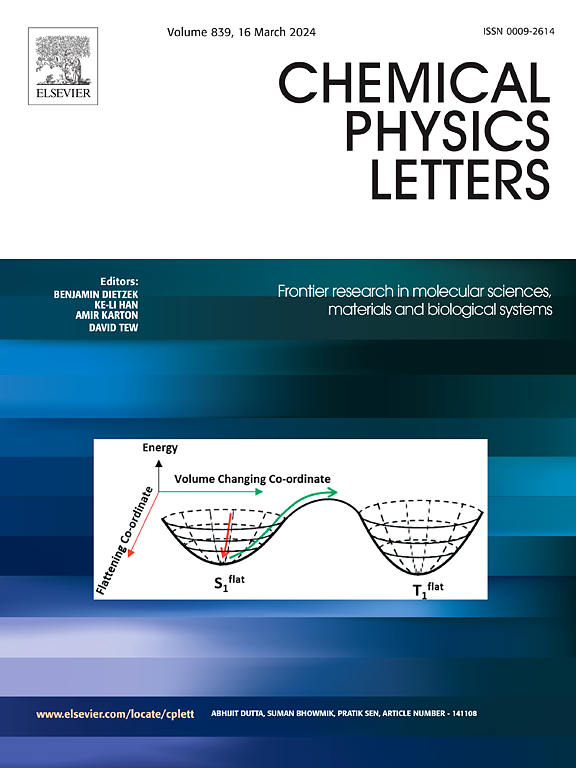Integrating SCAPS with DFT: A comprehensive study of LiMgAs for high-performance solar cells
IF 2.8
3区 化学
Q3 CHEMISTRY, PHYSICAL
引用次数: 0
Abstract
Several materials have been explored for the designing and improving the performance of the solar cells. In the quest of stable and high performance from the solar cells perovskite materials play an important role in the PV technology. In this work, LiMgAs a novel material has been explored and characterized through the density functional theory (DFT). The obtained results from the algorithm reveals that LiMgAs material having bandgap of 1.38 eV is very promising material in order to absorb the light photons. We have obtained refractive index, di-electric constant, energy loss function optical and electrical conductivity of the LiMgAs material. All the findings are evident that the LiMgAs material can be further taken for the designing of the efficient solar cells. In this context, multi-layer solar cell structure utilizing LiMgAS as the absorber material shows promising photovoltaic performance, achieving an open-circuit voltage (VOC) of 1.12 V, a short-circuit current density (JSC) of 26.07 mA/cm2, a fill factor (FF) of 75.88 %, and a power conversion efficiency (PCE) of 22.15 %. Furthermore, simulations indicate that increasing the absorber layer thickness enhances photon absorption and current generation, further improving the device's overall efficiency.

求助全文
约1分钟内获得全文
求助全文
来源期刊

Chemical Physics Letters
化学-物理:原子、分子和化学物理
CiteScore
5.70
自引率
3.60%
发文量
798
审稿时长
33 days
期刊介绍:
Chemical Physics Letters has an open access mirror journal, Chemical Physics Letters: X, sharing the same aims and scope, editorial team, submission system and rigorous peer review.
Chemical Physics Letters publishes brief reports on molecules, interfaces, condensed phases, nanomaterials and nanostructures, polymers, biomolecular systems, and energy conversion and storage.
Criteria for publication are quality, urgency and impact. Further, experimental results reported in the journal have direct relevance for theory, and theoretical developments or non-routine computations relate directly to experiment. Manuscripts must satisfy these criteria and should not be minor extensions of previous work.
 求助内容:
求助内容: 应助结果提醒方式:
应助结果提醒方式:


